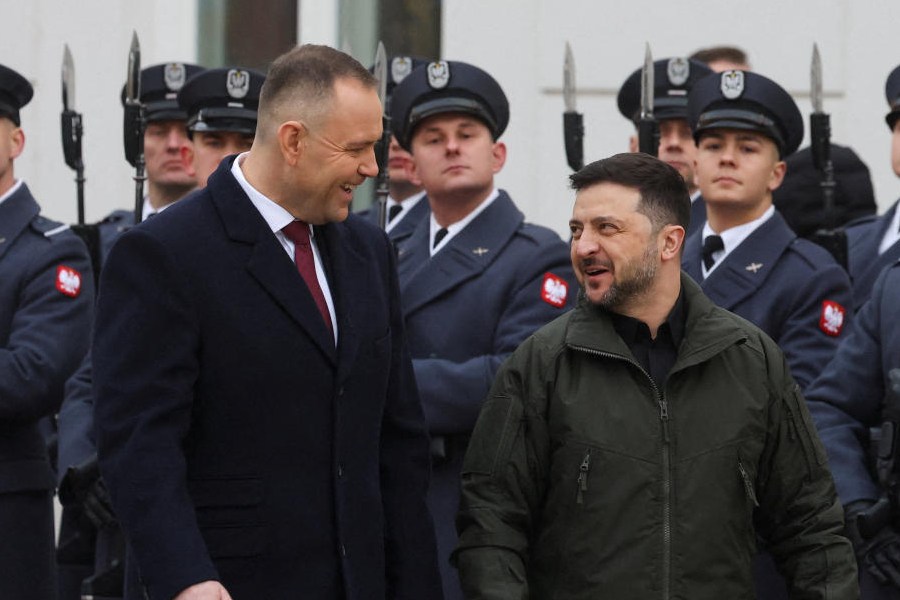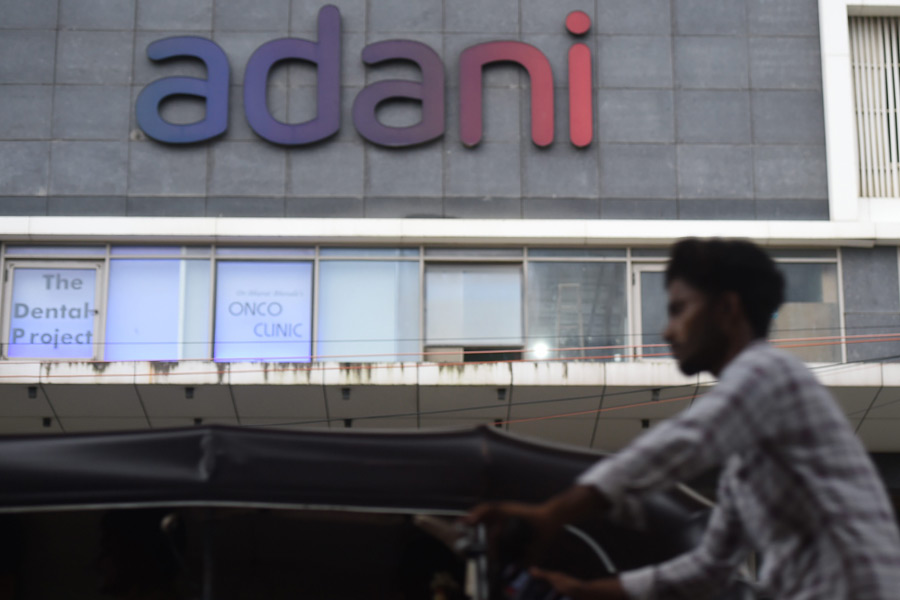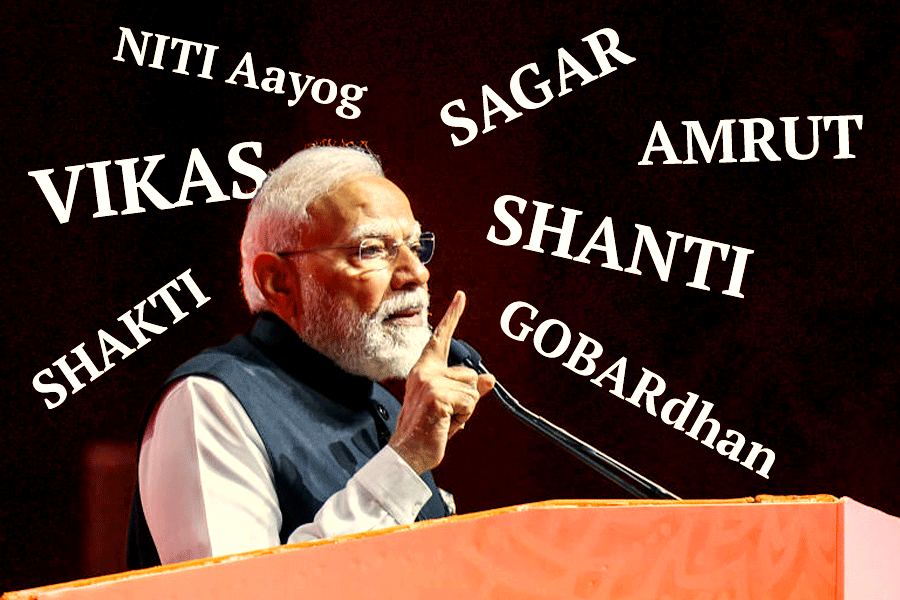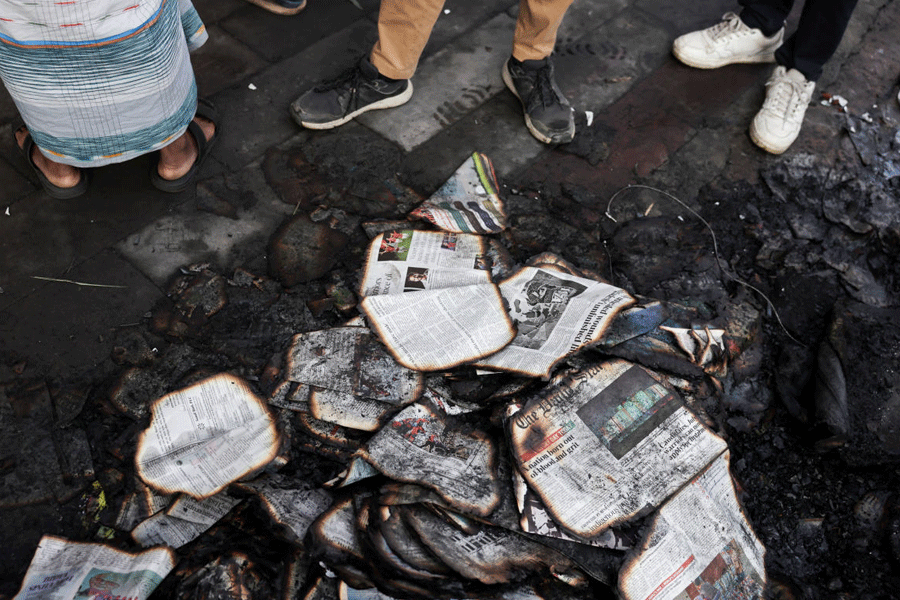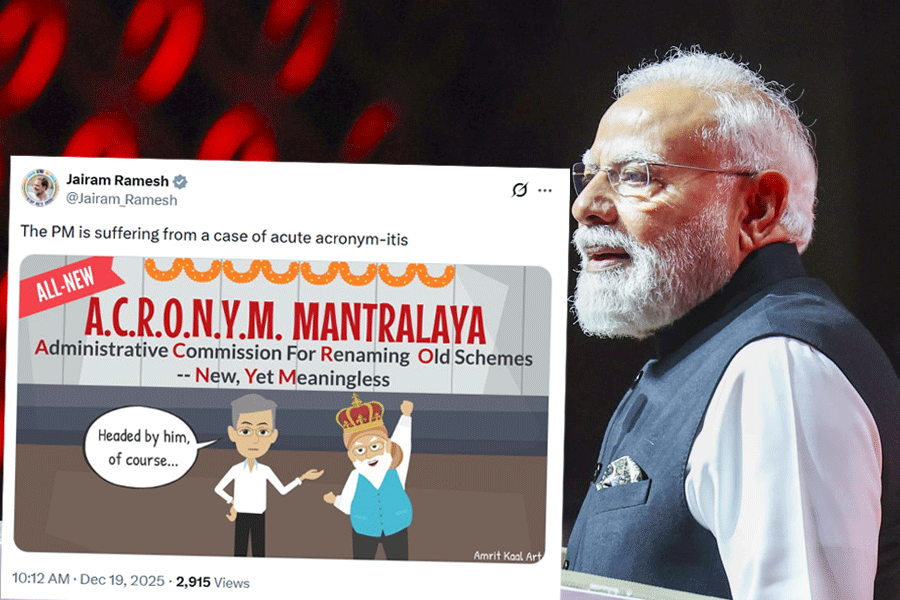 |
It was a celebration of the grandeur of Indian classical music where a blending of North Indian and South Indian styles represented the tradition and reformation of this particular musical genre. The stage of Gyana Prabaha Festival organized by Sangeet Ashram was painted in different shades and colours through the amalgamation of gharanas and generations. Three generations met and created harmony with Raga Yaman in violin when N. Rajam, her daughter, Sangeeta Shankar, and grand daughters, Ragini and Nandini Shankar, performed together. Among the three customary parts, alaap, jor and jhala in Yaman, the first part was beautifully played by the artists. Jor and jhala were also interesting, though they could have been shortened. It seemed that the stage coordination among the artists increased the length of gat rendition and too many hands made its charm monotonous at one point. A change of raga was necessary and N. Rajam was back in her usual melodious style, presenting the favourite Raga Nilambari of her guruji, Pandit Omkarnath Thakur. She ended with a famous bhajan, “Payoji maine, Ram ratan dhan payo”. The tabla accompaniment by Samar Saha was perfect.
The first choice of the generation-next vocalist, Jayateerth Mevundi, was Puriya Kalyan. This accomplished representative of the Kirana Gharana started manifesting his own style through the vilambit kheyal after an aaochar. Although initially he was a bit slow, he overcame the sluggishness with his powerful voice and the quality of his voice modulation. The vistaars and taans of vilambit ektaal gradually created the mood but his drut kheyal captured the essence of the raga. Durga is a raga of limited movements and Jayateerth did not make it boring with unnecessary or repetitive vistaars. Rather, the choice of short and critical taans made his performance arresting. He sang bhajans at the end that included the famous one, “Baje muraliya baje” to the accompaniment of Abhijeet Banerjee on tabla and Jyoti Goho on harmonium.
The presentation of Maru Behag by another vocalist, Mitali Banerjee Bhawmik, who is influenced by the Patiala Gharana, enchanted the audience. Her vistaars and taans in both vilambit and drut kheyal were enjoyable. She presented Raga Maand and dadra. She was accompanied by Samir Chatterjee on tabla and Rupashree Bhattacharya on harmonium. But the rendition by the sincere follower of the Imdadkhani Gharana and Gayaki Ang, sitarist Ustad Shahid Parvez (picture, left), threw a new light on Raga Jhinjhonti. It would not be an exaggeration if he is called unparalleled in his own arena in recent times. His exceptional skill of doing various vistaars within the same notes as well as the application of mirs mesmerized his listeners. His alaap was able to draw out the distinct features of the raga. His gat was brilliantly improvised. It is difficult to play the ragas of same thaats one after another. But Shahid’s expertise made Raga Gavati as lively as Jhinjhoti. The short but sweet rendition of Mishra Pilu continued the Shahid magic. In tabla accompaniment, Subhajyoti Guha’s performance is mentionable.
The torch-bearer of the Senia Maihar style, Pandit Tejendra Narayan Majumdar, made a wonderful opening with Raga Mian ki Sarang. The alaap, jor and jhala helped in the full bloom of this rarely played raga. His various vistaars in three octaves with beautiful mirs touched the listeners. The vilambit gat of Raga Gaud Sarang was perfectly timed. The vistaars, taans and paltas with intricate movement were praiseworthy. But the length of the gatkaari in drut somehow lessened the beauty of the raga. The skillful assistance by the young student, Prateek Shrivastav, added a new dimension. As always, Pandit Subhankar Banerjee deserves a special mention for his attractive lahara.
 |
It can be said that the three-day music festival would have been remained incomplete without the performance of Ustad Ghulam Hussain Khan, the sincere disciple of the doyen of the Agra Gharana, Ustad Khadim Hussain Khan, and nephew of Ustad Latafat Hussain Khan. His half-an-hour long rendition of nom-tom alaap in Raga Ramkeli was intense and it brought out the soul of the raga. His voice was clear and generous in the upper octave, controlled and melodious in the middle and lower octaves — which made his vilambit kheyal in ektaal excellent. The drut teentaal kheyal, “Un sang lagi ankhiya”, was mesmerizing.
The beauty of the presentation continued, even increased, with the rendition of Gujjari todi. The main attractions were the vilambit kheyal composition of Latafat Hussain Khan, “Guru ke charan bina” and the drut kheyal, “Baje ghungaroa”, composed by Faiyaz Khan. He concluded with a dadra. Biplab Bhattacharya on tabla and Debaprasad De on harmonium accompanied him perfectly.


